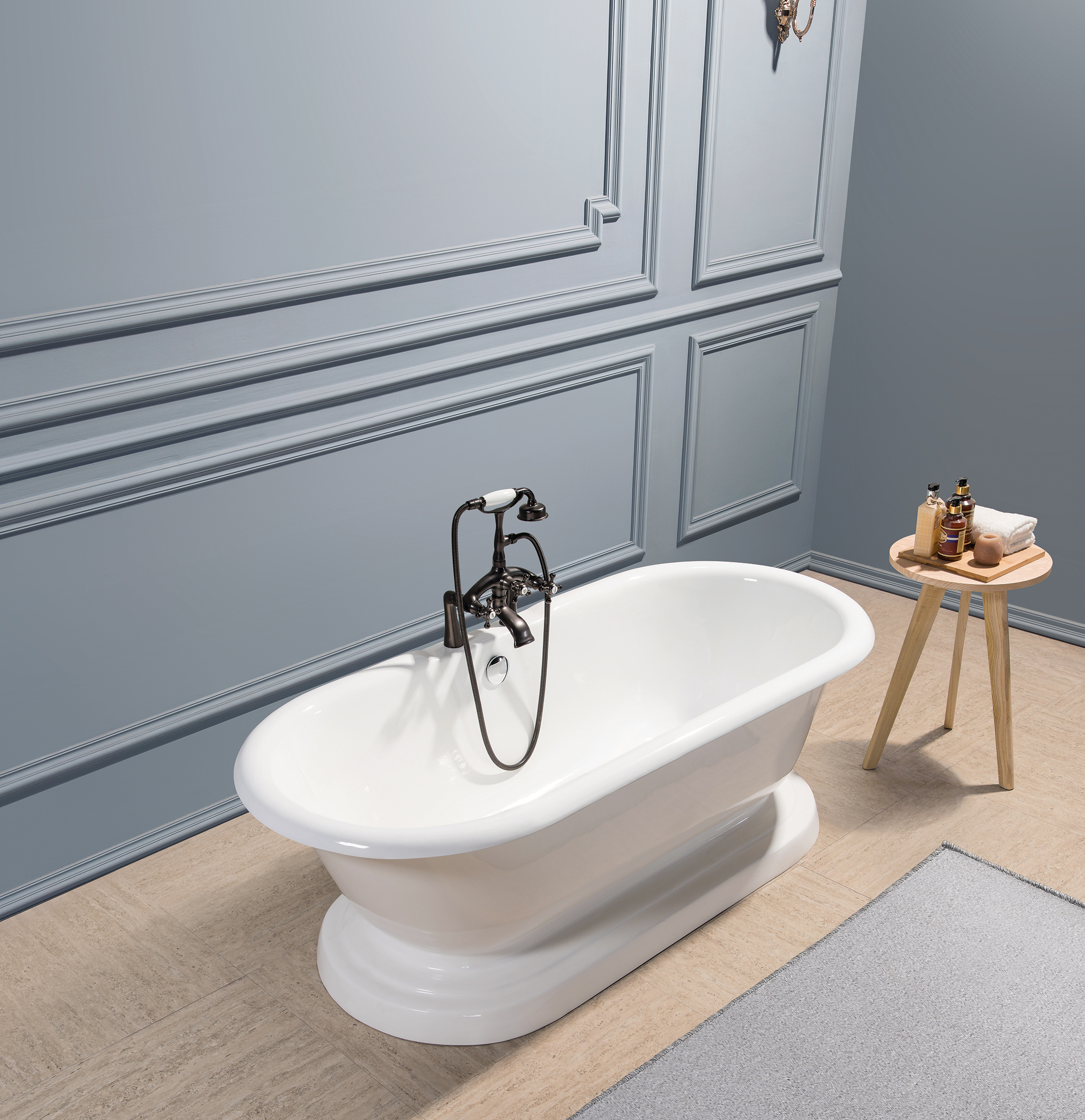2 . 1 result
The test results are shown in Table 2, and the data processing regression equation is shown in Table 3.
2 . 2 analysis [2 ]
(1) The compression ratio and plate density increase The hot pressing pressure can significantly increase the slab compressibility ΔP and the plate density; ΔP and plate density also increase with the increase of hot pressing temperature, but the pressure is most significant, followed by Hot pressing temperature; hot pressing time has little effect on compressibility ΔP and sheet density (2) The three factors (temperature, time, pressure) of static bending strength hot pressing significantly affect the MOR of L VL. It can be seen from the regression equation that MOR is linearly positively correlated with hot pressing temperature (x1) and hot pressing pressure (x3), and has a quadratic parabolic relationship with hot pressing time (x2). The increase in hot pressing temperature further improves the plasticity of the wood, and the curing of the adhesive is more complete, which increases the MOR. As the hot pressing pressure increases, the compression ratio of the slab is continuously increased, and the density of the plate is higher, and the stronger the ability to resist external pressure, the MOR is increased. In addition, the glue partially penetrates or diffuses into the duct, wood fiber and tracheid under pressure, which makes the wood and the glue form an organic whole, which also contributes to the improvement of MOR. With the prolonging of the hot pressing time, the adhesive can be more fully cured, and the bonding strength between the veneers is better, which is beneficial to the increase of MOR. However, the high temperature hot pressing for a long time will cause the surface adhesive to be excessively solidified, resulting in a negative effect. 3) Elastic modulus The three factors of calorimetric pressure obviously affect the elastic modulus of LVL. The increase of temperature makes the resin solidify completely, so that MOE increases; MOE also increases with the increase of hot pressing time. However, if the temperature is too high or the hot pressing time exceeds a certain value, the MOE will decrease due to over-curing of the resin; as the hot pressing pressure increases, the slab compressibility increases, the plate density increases, and the density increases, the MOE increases.
(4) Shear strength (R-direction load) SR SR mainly reflects the shear resistance of LVL adhesive layer. SR is linearly positively correlated with hot pressing temperature (x1) and hot pressing time (x2), and is formed with hot pressing pressure (x3). Concave quadratic parabolic relationship. As the hot pressing temperature and hot pressing time increase, the adhesive is completely cured, and the shear resistance of the rubber layer is improved. The increase of the hot pressing pressure leads to an increase in the compression ratio of the slab, which greatly increases the effective contact area between the veneers, thereby improving the gluing performance of the slab.
(5) Shear strength (T-direction load) ST The hot pressing temperature (x1) is linearly positively correlated with ST. As the hot pressing temperature increases, ST increases linearly; the hot pressing time (x2) and ST become convex. The quadratic parabolic relationship, the hot pressing time increases, the shear strength ST increases continuously; the hot pressing pressure (x3) and the ST become a concave secondary parabola relationship, and the ST increases significantly with the increase of the hot pressing pressure. The above phenomenon is basically the same as the interpretation of the compression ratio of the board, and it is also related to the degree of curing of the adhesive until degradation occurs. (6) Water absorption thickness expansion rate TS The three factors of hot pressure obviously affect the TS of L VL, and there is also an interaction between hot pressing time and hot pressing pressure. From the regression equation, TS and the hot pressing temperature (x1) form a convex quadratic parabolic relationship. As the hot pressing temperature increases (within the range of the test value), TS increases gradually; TS and hot pressing time (x2) also show The convex parabola relationship increases with the increase of x2, and it has a tendency to decrease slowly after the maximum point. TS and the hot pressing pressure (x3) have a concave parabola relationship, and TS increases significantly with the increase of x3. The increase in slab veneer compression increases the bond strength between the veneers. When the hot pressing time exceeds 25 minutes, TS has a tendency to decrease. This may be due to an increase in the bonding performance between the veneers and a delay in the penetration of water.
Freestanding Cast Iron Bathtub
Freestanding cast iron bathtub, also called stand alone bathtub, is popular in many countries. We have cast iron Bathtub with Skirt, cast iron Bathtub with Pedestal and cast iron Bathtub with Claw Feet. They're in different styles and shapes. All freestanding cast iron bathtubs have good heat preservation and easy to clean. All cast iron bathtubs are applied with A porcelain enamel. The body of tubs are cast iron. Tubs can with tap holes or without. It depends on you. Claw feet can be with finishs of white, chrome, brushed nickel and oil rubbed bronze.

Freestanding Cast Iron Bathtub,Cast Iron Stand Alone Tub,Cast Iron Pedestal Tub,Free Standing Cast Iron Bath Tub
Anping Sunshine Sanitary Ware Co., Ltd. , https://www.sunshinebathtub.com